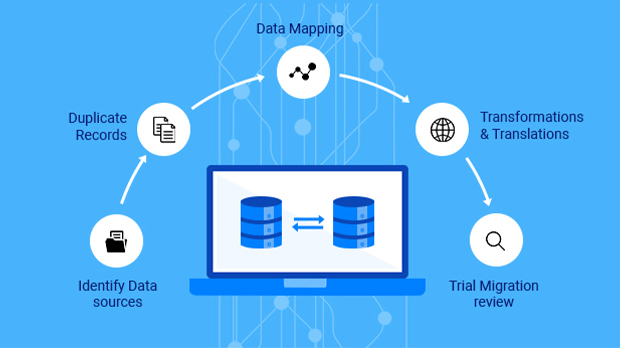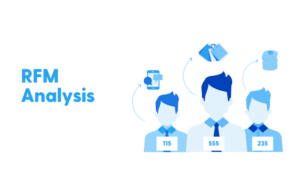Data migration is the process of analyzing fit-gap, mapping and preparing, extracting, and transforming data and then post the pre-process transferring it from one storage platform or system to another.
There are published statistics as to how companies are executing the data migration projects and how they are incurring losses, additional budgets and still unable to maintain the high quality of data.
With ever-changing technology and the evolution of cloud-based big data technologies, data migration for many companies has become complicated and inevitable. All the applications using a database would eventually need data migration let it be for upgrading the version or upgrading to another technology platform or just a small makeover of the architecture.
Some of the High-Level Challenges are:
- Lack of proper planning
- Limitations related to tools being used
- Lack of collaboration within teams
- Limitation of resources required for project execution
How do we overcome these generic challenges?
- Ensure fit-gap analysis and understanding of source data has adhered before the initiation of the migration project.
- Data field mapping is a good exercise that can be done to elaborate understanding of the data and gauge the target system requirements.
- The teams involved need to perform pre-processing tasks and be ready for migration to avoid any last-minute glitches.
Types Of Migration
Storage Migration
The storage of data migration has been in practice since we used to use tapes and hard drives to store data. In this type of data migration, it generally is the transfer of files and data blocks from either one memory to another more suitable and long-lasting storage.

Database Migration
In Database migration, it’s generally moving from one vendor database to another database completely.

Application to Application Migration
This type of migration happens when a company moves away from one application vendor to another or wants to upgrade to more latest applications suitable for their business needs. The main challenge in this process is an application is a stand-alone entity; it has its setup and compatibility with the target application setup will not be necessarily feasible.
In such cases, additional cost might be incurred to be spent on middleware or hardware to map and build connectivity.

Cloud Migration
The most recent and in trend type of data migration is Cloud migration. The new infrastructure offers scalability, flexibility, cost-saving since the on-site infrastructure is no longer needed.
Also, the providers in the market now provide a wide range of storage, database and interaction and application migration services.
The main focus in this migration is on the functional Type and format of the data, volume in scope for migration and project timelines to cover this migration.
There are two ways. Hardware transfer also called as Offline transfer, and the most famous is the online transfer i.e.over the network. No device is used here. The custom application is developed for high speed or reuse offerings using high-speed server clusters. The online transfer does impact the network connection speed though hence planning becomes crucial.

Simple Data migration Process Steps:
- Pre Process –
- Identify data format, location, and sensitivity.
- Planning for the size and scope of the projects.
- Create backups
- Set up the migration tool
- Migration: Execute data migration as per the plan
- Post Process Validate the target system.
- Set up maintenance for the migrated system
- Decommissioning of the source system













